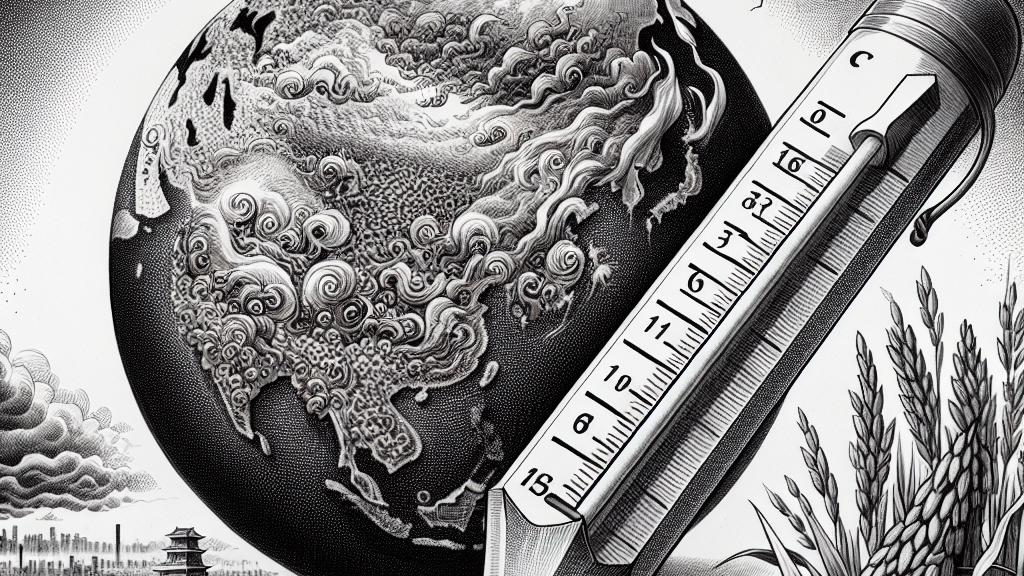How Climate Change is Affecting Rice Quality in Japan and China
Overview
- New research exposes a concerning decline in rice quality in East Asia, primarily Japan and China.
- Higher nighttime temperatures are robbing rice of its quality, raising alarms over food security.
- This critical situation demands immediate attention and innovative solutions in agriculture.

Introduction
In the vibrant landscapes of East Asia, specifically within Japan and China, an urgent crisis is unfolding. Can you imagine a world where the rice that feeds billions is at risk? Recent studies reveal that climate change, often perceived as a distant problem, is affecting the quality of rice at this very moment. This significant issue raises serious concerns about the future of food security, making it imperative that we understand the consequences of our changing climate.
Impacts of Temperature
Let’s take a closer look at what’s really going on. When nighttime temperatures rise—above 18 degrees Celsius in China and 12 degrees in Japan—the consequences for rice are severe. For instance, over the past few decades, the percentage of high-quality rice in China has been declining by approximately 1.45% every decade, which is astonishing when you consider how crucial rice is for daily sustenance. But why does this happen? The heat disrupts the essential processes of photosynthesis and starch production within the rice plants, similar to how cooking rice at too high a temperature can ruin the dish. Imagine trying to prepare your favorite meal under stressful conditions; that’s basically what the rice is experiencing!
Future Forecasts
Now, let’s discuss what the future may hold if this trend continues. Projections paint a grim picture. Under high greenhouse gas emission scenarios, rice quality could drop over 5% by the year 2100 in China alone! This isn't just a statistic; it translates into real-life implications for farmers relying on this staple crop to feed their families. Developing new, resilient rice varieties that can withstand such increases in temperature is not merely an option; it's a necessity for survival. If we fail to act decisively, we may find ourselves in a precarious situation, where food scarcity is no longer a distant threat, but a harsh reality that many will face.

Loading...